WALK AROUND SOUTH KOREA'S DMZ AND WITNESS THE HISTORY VIRTUALLY
- ukasyashakena
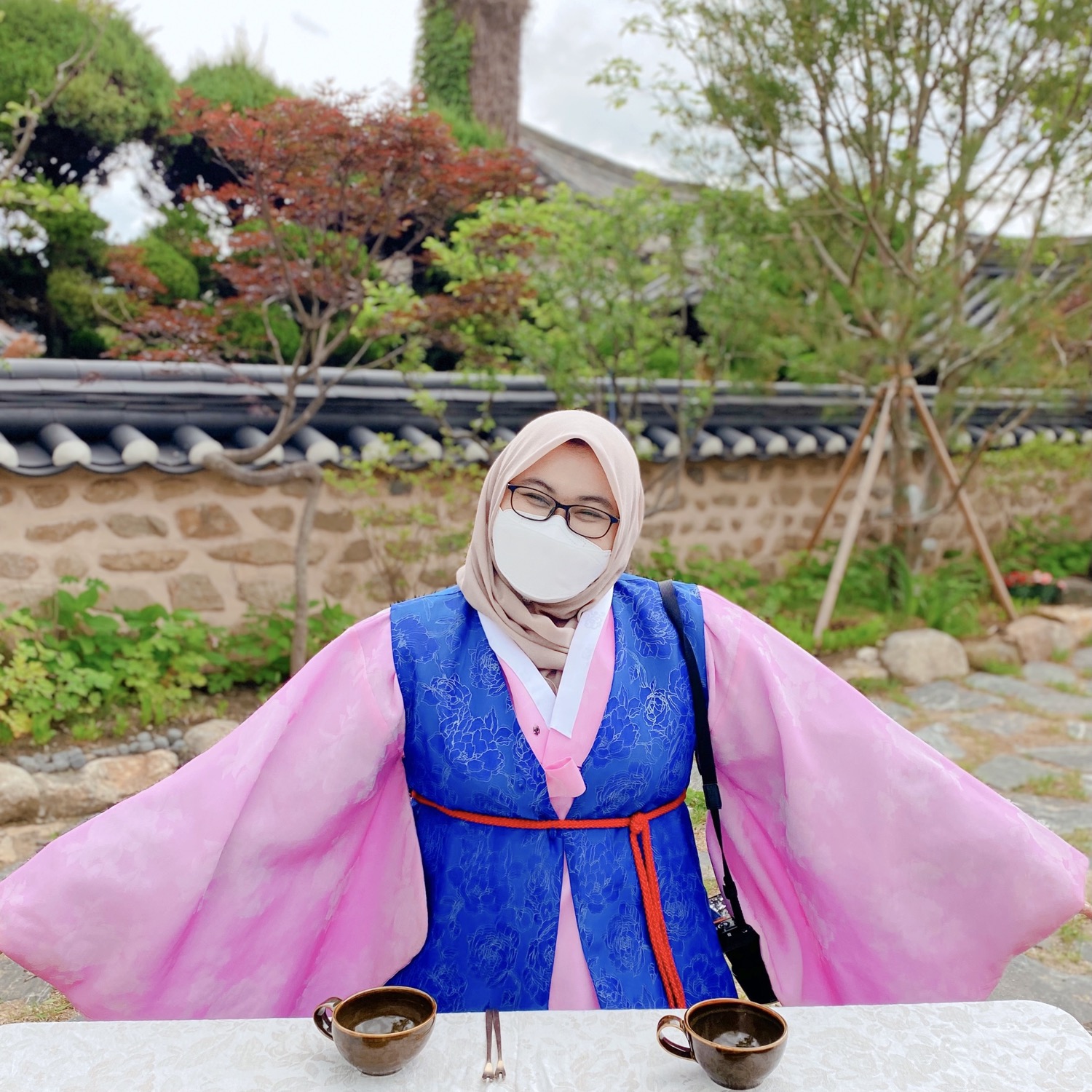
- Nov 23, 2021
- 4 min read
Updated: Nov 29, 2021
OVERVIEW
The border between South and North Korea, the DMZ is one of the most dangerous border in the world. The area also is the most tightly controlled area in the world by military police. Although The Korean war has ended 70 years ago but the hostility is still not over.

Tensions between the two Koreas remain until today. Therefore, there is a pedestrian restricted area before the DMZ line to reduce the risk for visitors. Although, I have visited the DMZ several times from several border side, I am still excited each time I get the opportunity to learn about the bloodshed history between these two Koreas. And, this time I had a chance to participate in DMZ virtual tour in Imjingak Paju.
HOW TO JOIN
Just in case, if anyone interested to join the similar tour, I attached link down here for you to check out. Not only limited to DMZ Virtual Tour but there are few other options for you to select as well. The Virtual Tour reservation link: https://www.k-shuttle.com/tours.aspx?sKeyword=theme

DMZ VIRTUAL TOUR
The tour guide on this trip was seen to be very knowledgeable about the ins and outs of the DMZ area. He carefully described about each places that can be visited as well as the history that ever happened at every places. Here are some of the following places:
1) The Freedom Bridge
This is a temporary bridge that was built after the Korean War. The bridge is only 83 meters long, made of woods to connect the civilian restricted area with the railway bridge over the Imjin River. There is a story behind the name of this bridge. Where, after the end of the Korean war, South Koreans who were in prison in North Korea were released back, through this bridge. To be more specific, 5772 South Korean War prisoners has crossed the Imjin River, walked along the railway line and used this freedom bridge before arrived at the Southern line.
Since the outbreak of the war, many family members, relatives have been separated. Therefore, until to this day this bridge is a symbol of hope; the hope of being reunited with a family that has been separated. If you can see from the video, the mid-end point of this bridge is covered with wired fence and there are full of colorful ribbon attached on it.
During my visit last year, I had a chance to hang a banner with our written wishes. It was one of my very special moment, as I always cherish the effort of reunification between the two Koreas.
2) The old steam locomotive
A virtual trip to Imjingak seems like transporting us back to the years of the Korean War. Among of the heartbreaking, blood smear in Korean history, there is also a steam-powered, coal-fired locomotive train put on display for visitors.
As shown by the tour guide, the outer build of the train are slowly being worn down by time, and the engines that used to roar with life have now been conquered by rust. Not only that, a multitude of bullet holes covers its body. It was a proof of harsh history 70 years ago at this border area.
3) Bunker Art Space
In the past, this was the real bunker used by the Korean soldiers during the Korean War. This facility is currently has been changed into a unique exhibition space.
From the guide, you can feel the atmosphere of a military facility from the entrance. The shape of an anti-tank mine put on the stairs on the way down to the basement will make you feel frightened and nervous instantly. Due to coronavirus prevention measure, we are unable to enter the place. From the picture at the entrance, it shows the destruction of Imjin River during the war and it was very heatbreaking to see.
4) Imjingak Observatory
The last time I came here I did not have the opportunity to visit the observatory at Imjingak Park. This time, virtually, I could see the view from the top level overlooking the northern side. From here, we can see the civilian southern limits and DMZ area clearer.
The DMZ line is approximately 4 to 5 kilometers and around here and it is very known for good soil or ground for plants and crops. Therefore, the area also produces high quality crops, rice and ginseng. Every year, there a ginseng festival held near the DMZ. Korean ginseng known for its effectiveness, recuperating and good for health. Ginseng usually grown in 6 years for the best quality.
5) The Peace Bell
The peace bell in Imjingak was put under a Pavilion. From the guide, this bell is very important to Korean people. it is a symbol of reunification and peace, no more war only peace. Peace Bell Pavilion were built at Imjingak park in 2000 with the hope of unification of two Koreas and promoting inter-Korean relation.
TOUR FEEDBACK
Overall, as a history freak since middle school, I'm enjoying this virtual trip so much. Every time I participated in any DMZ Tours, there must be new knowledge that I gained. Although due to COVID19, some places are restricted to enter but the guide, he did great job in explaining. I just wish, the tour includes Dorasan Station, Observatory and Panmunjeom area in the future.

The separation has made the two Koreas divided, Both Koreas speak the same language, write using the same Hangeul; Korean alphabet character, share similar culture but they're just divided after the Korean War. Thanks to the K-shuttle and wowkorea for this experience.
#2021wowkoreasupporters #wowkoreasupporters #2021wowkorea #visitkorea #KTO #rememberkorea #Onlineguidetour #DMZ #Kshuttle






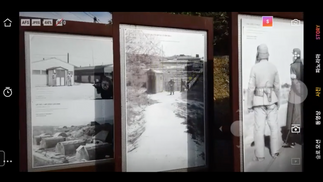

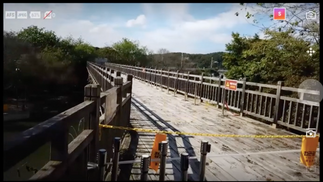















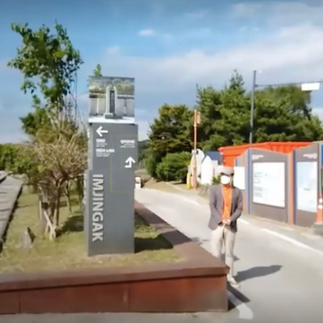













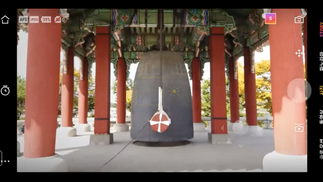

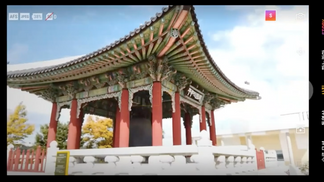





Comments